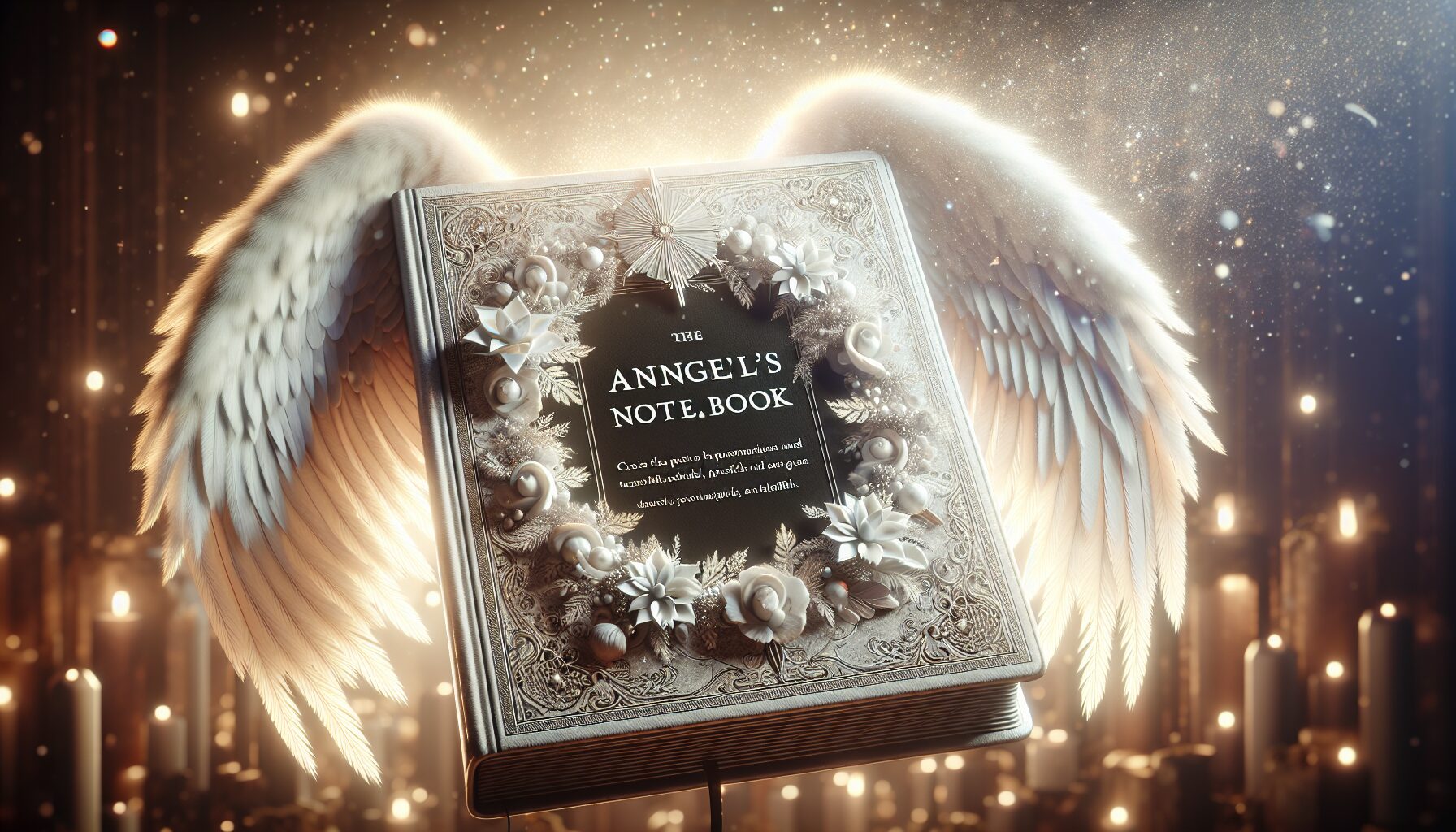The Angel’s Notebook: Sketches of Ephemeral Faith
The concept of faith, much like the ephemeral sketches within an angel’s notebook, is both transient and profound. It reflects a myriad of human experiences, capturing the essence of existential uncertainties and the quest for a deeper understanding of the universe. This notion of faith is not static but evolves, influenced by personal and collective experiences, societal changes, and the ever-shifting sands of time.
The Ambivalence of Faith
Faith, in its essence, is a belief that transcends empirical evidence and rational comprehension. It is an acceptance of the unknown, an inner conviction that stands resolute even in the face of uncertainties. As Martin Luther King Jr. aptly remarked, “Faith is taking the first step even when you don’t see the whole staircase.” This highlights faith’s inherent ambivalence—its strength lies in its vulnerability to the unknown.
Like an angel drawing fleeting sketches, faith often manifests in intangible forms—each person experiences it uniquely. Whether through religious practice, spirituality, or personal philosophy, faith represents a commitment to a perceived truth, regardless of its indiscernibility.
Faith and Reason: A Perennial Conflict
“Faith indeed tells what the senses do not tell, but not the contrary of what they see. It is above them and not contrary to them.”
The conflict between faith and reason has been a longstanding debate within philosophical discourse. While faith relies on a personal belief in the absence of empirical proof, reason demands evidence and logic. This dichotomy is often portrayed as a battle between two opposing forces. Yet, it is perhaps more accurately seen as a complex interplay, where both can coexist and even complement each other.
Pascal, through his famous Pascal’s Wager, suggests that faith is a pragmatic choice amidst uncertainty, a bet that carries potential infinite rewards. Here, faith emerges as a rational decision in light of the vast unknown, suggesting a harmonious relationship between belief and logic.
The Ephemeral Nature of Faith
Much like the fleeting nature of a sketch, faith is often subject to change and reinterpretation. Life’s experiences continuously reshape our beliefs, challenging and refining them. The angel’s notebook is thus never complete, an ongoing work in progress, each sketch a representation of a momentary understanding.
In moments of doubt, faith may seem to wane, mirroring the ephemeral quality that defines human existence. Yet, each challenge encountered also provides an opportunity for faith to be rediscovered and reinforced. As Viktor Frankl noted in Man’s Search for Meaning, “What is to give light must endure burning.” Through life’s trials, our faith is tested and our understanding deepened.
Sketches of Belief in Modern Times
In contemporary society, the nature of faith continues to evolve. The rise of secularism, advancements in science, and the increasing complexity of global cultures have influenced traditional religious practices and belief systems. However, this does not necessarily imply a decline in faith but rather a transformation of how it is expressed and perceived.
- Many turn to personal spirituality, constructing individualized belief systems that integrate aspects of various philosophies and religions.
- The digital age has also fostered new communities of faith, where people connect over shared beliefs in virtual spaces, bridging geographical divides.
- Moreover, humanitarian and ecological movements have inspired a form of faith centered on communal and environmental stewardship.
Conclusion: Embracing the Transience
Ultimately, the sketches within the angel’s notebook remind us that faith is an ever-evolving journey. It is a personal narrative, intertwined with the collective human experience, adapting to the challenges and changes of life. In embracing the transient nature of faith, one finds not only comfort but also a profound understanding of the self and the universe.
Thus, as each sketch is drawn and redrawn, it becomes clear that the beauty of faith lies not in its permanence but in its ability to reflect the dynamic human spirit.

Comments